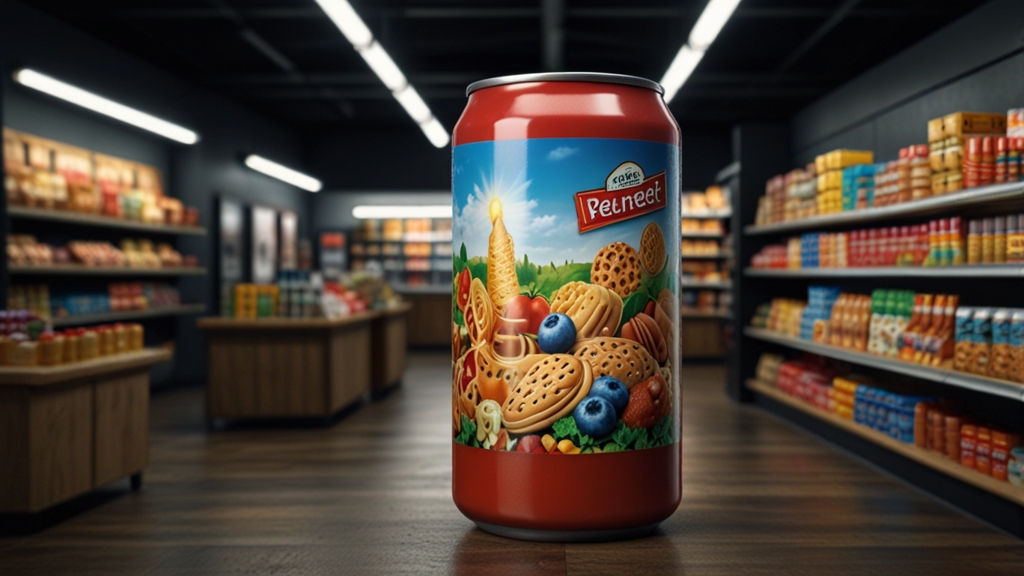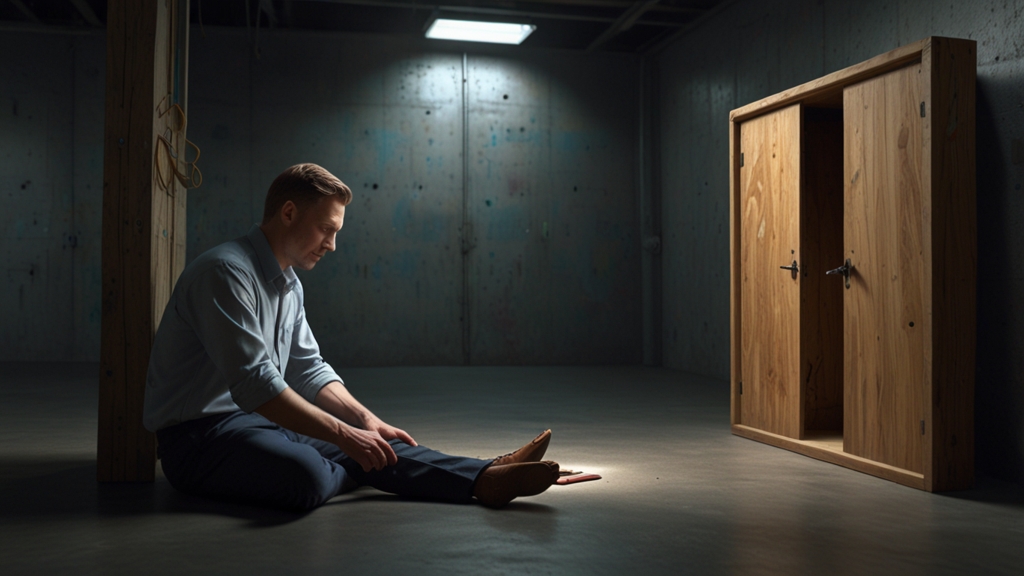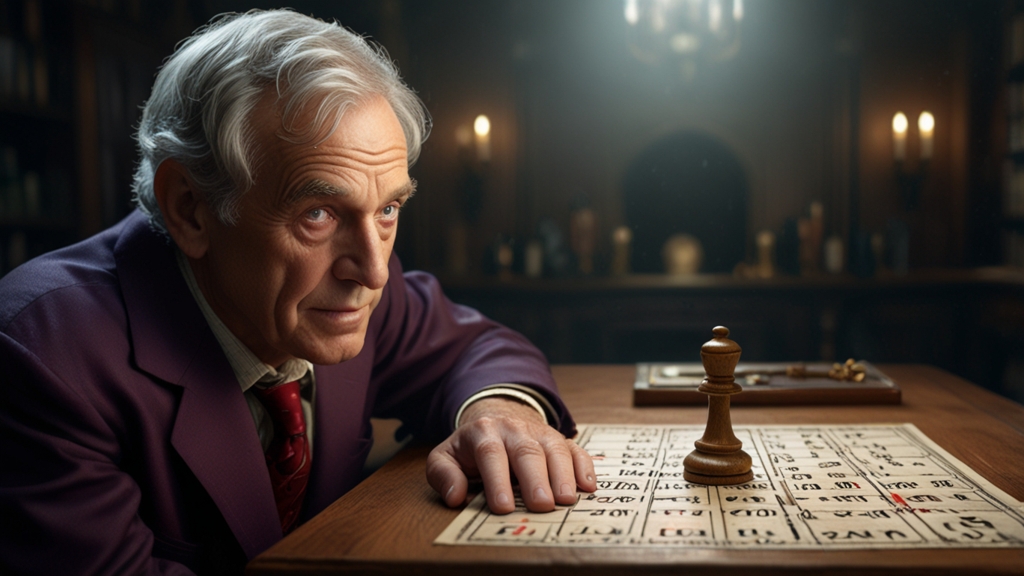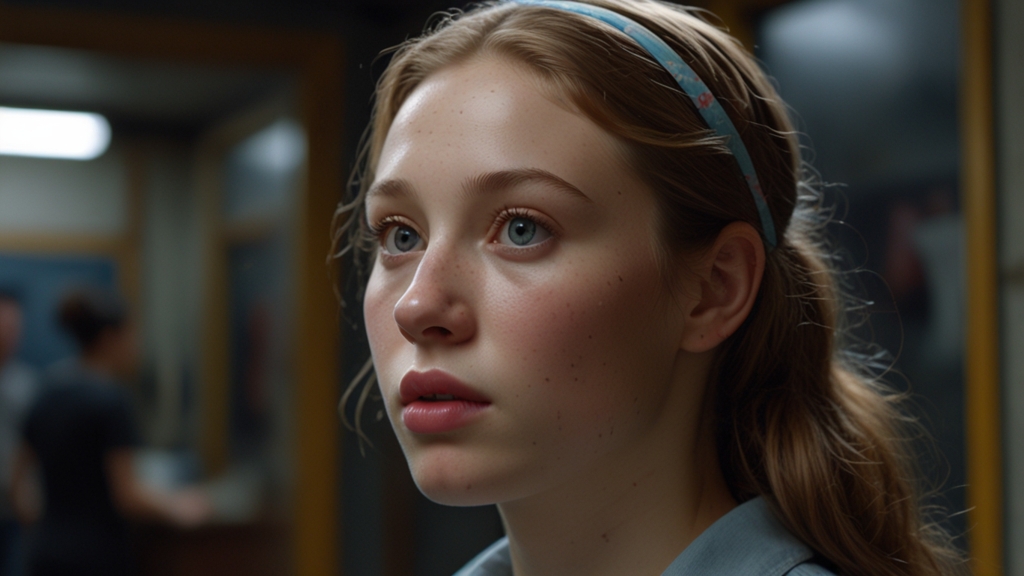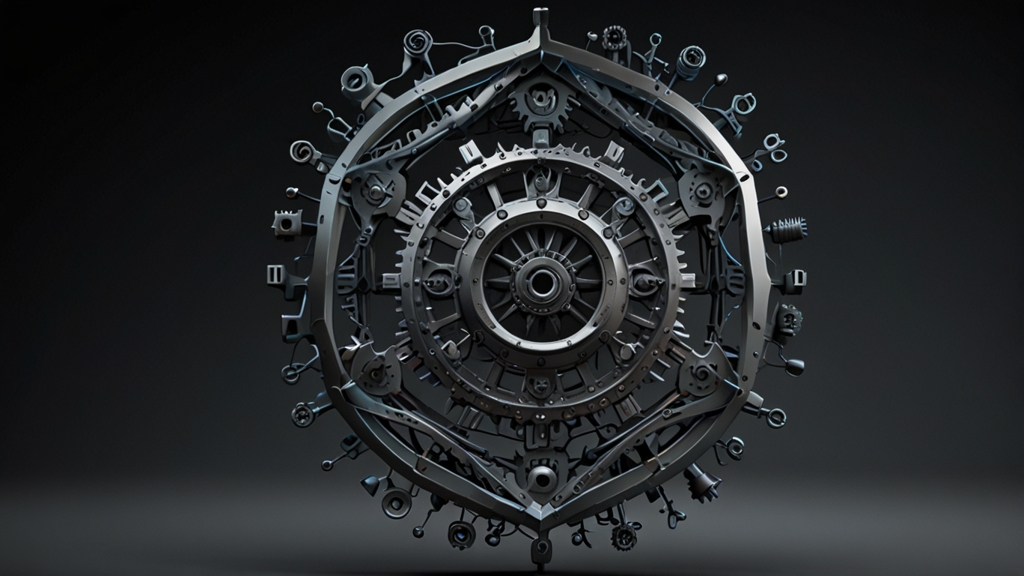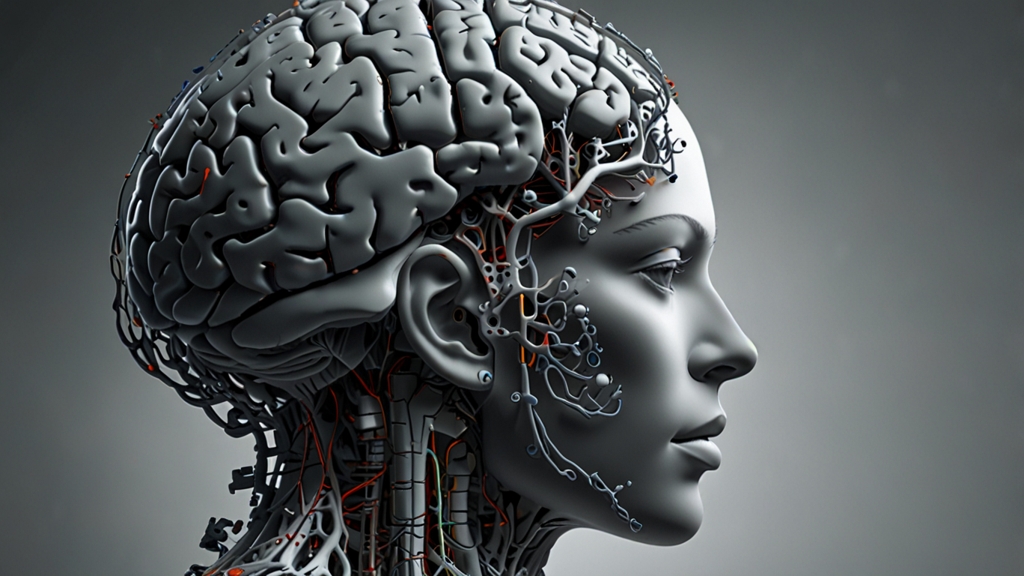The Impact of Psalms on Music and Art Through the Ages
The Book of Psalms, a collection of 150 ancient hymns and prayers, has had a profound influence on both music and art through the centuries. From the chants of medieval monasteries to contemporary gospel music, the Psalms have provided inspiration and spiritual solace to countless generations. This article explores the enduring impact of the Psalms on these two vital forms of human expression.
Medieval and Renaissance Music
During the medieval period, the Psalms were integral to monastic life. Chanting the Psalms formed a significant part of the daily liturgy. The Gregorian Chant, developed around the 9th and 10th centuries, was a system of plainchant used extensively in these monastic communities. These chants, characterized by their simple, monophonic melodies, often set the Psalms to music, allowing the devout to internalize their spiritual messages.
"The music of the Gregorian Chant lifts the Psalms from the written word to the spiritual plane, engaging both the singer’s and the listener’s soul." - Anonymous Monk
The Renaissance era saw further developments in the musical setting of the Psalms. Composers like Josquin des Prez and Orlando di Lasso produced intricate polyphonic compositions based on Psalm texts. These works were performed in churches and court chapels, elevating the Psalms to new artistic heights and bridging the sacred and secular realms through the beauty of music.
Baroque and Classical Periods
In the Baroque and Classical periods, the Psalms continued to inspire composers. Johann Sebastian Bach composed numerous cantatas and motets using Psalm texts, blending complex musical structures with deep theological insights. George Frideric Handel's "Chandos Anthems" and Wolfgang Amadeus Mozart’s "Vesperae solennes de confessore" are other notable examples where Psalm settings played a central role.
"The Psalms are the essence of human emotion and divine connection, making them timeless subjects for musical exploration." - Johann Sebastian Bach
These compositions not only enriched liturgical practices but also influenced secular music by incorporating the emotive and philosophical depths of the Psalms. As a result, the Psalms’ reach extended beyond the walls of churches, entering concert halls and private salons.
Modern and Contemporary Music
The influence of the Psalms persisted into the modern era, affecting diverse musical genres. Gospel music, a development of African American spirituals, often draws on the Psalms for lyrics and thematic material. Artists like Thomas A. Dorsey and Mahalia Jackson brought the Psalms into the cultural mainstream, intertwining them with the struggles and hopes of their communities.
Contemporary Christian music, too, frequently incorporates Psalm texts, blending traditional scriptural themes with modern musical idioms. Popular musicians such as U2 have also tapped into the Psalms’ rich imagery and emotional depth, demonstrating their universal appeal.
The Psalms in Visual Art
Beyond music, the Psalms have inspired numerous works of visual art. Medieval illuminated manuscripts often included elaborately decorated Psalters, where the text of the Psalms was accompanied by intricate illustrations and gold leaf designs. These manuscripts were not only devotional aids but also objects of immense artistic value.
The Renaissance heralded a surge in biblical painting, with artists like Michelangelo and Raphael drawing upon the Psalms. Michelangelo's frescoes in the Sistine Chapel and Raphael's "The Sistine Madonna" portray scenes imbued with the spiritual depth and poetic beauty characteristic of the Psalms.
In more recent times, visual artists such as Marc Chagall have continued this tradition, interpreting the Psalms through the lens of modernist and abstract styles. Chagall’s stained-glass windows, for example, offer a vibrant, contemporary take on the timeless themes found in the Psalms.
"The Psalms are a wellspring of artistic inspiration, offering a language to express the inexpressible." - Marc Chagall
Conclusion
The Book of Psalms stands as a testament to the enduring power of faith and human expression. Its impact on music and art is vast and varied, encompassing a wide range of styles, periods, and cultures. From the clerical chants of medieval Europe to the soulful strains of modern gospel, and from the illuminated manuscripts of the past to the abstract paintings of the present, the Psalms continue to inspire and resonate, offering a timeless source of artistic and spiritual nourishment.



